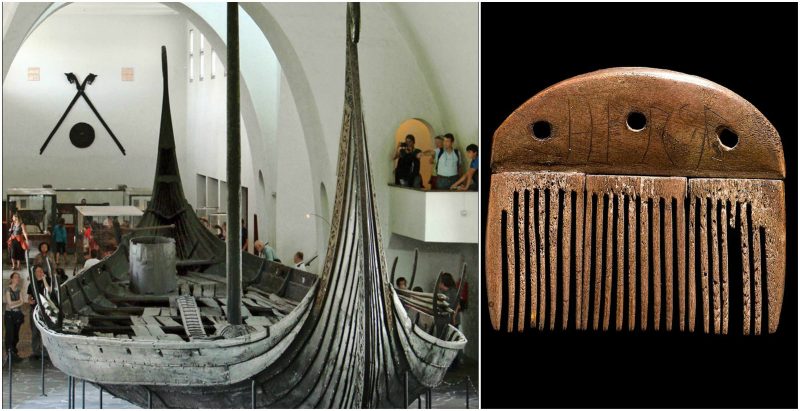For all of you history buffs, you’ll know that the Vikings had a major impact on history. Vikings were dominant and conquered whatever land they wished to own. They took lives and prisoners to be successful at their sieges. Although they seem barbaric and heartless, they were good at trading and eventually settled down, becoming peaceful with the locals. Because of their bravery, we owe many things to the Vikings.
Here are the top six things we owe to the Vikings:
-
Advances in navigation and shipbuilding
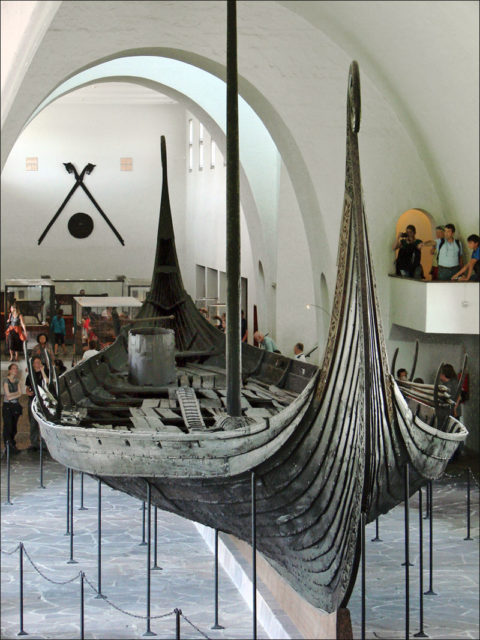
The Oseberg ship (Viking Ship Museum, Norway) Source
One particularly prominent trade these people mastered was their amazing shipbuilding. They are known for having some of the most breathtaking, state-of-the-art shipbuilding techniques and technologies. By mastering these particular trades, it allowed them to travel farther than anyone before them. They are mostly known for their sleek longboats; these wooden ships allowed them to travel faster and lighter, being flexible. The ships were shallow and had rows of oars along each side. They were also easier to maneuver than other ships at the time. Being great seamen meant that these people needed to have great navigation. They relied on tools like the sun compass. The compass used calcite crystals they called sunstones in order to identify the position of the sun, even after sunset and on overcast days. These inventions gave the Vikings the advantage as they traveled longer distances to foreign lands. In their day, they were actually active on four continents at the same time. This made them the first-ever global citizens.
-
Language
After their first raid in England in 793 AD, the Vikings made several attacks and conducted wars as they formed settlements on the British islands. This allowed them to leave a permanent impact on the land, culture, and language. After first settling, Vikings interacted with their English neighbors by farming and trading activities. Later on, they began to marry one another. Because of this, their two languages, Old Norse and Old English, mixed. The mixture of names and language are still prominent today. For example, one can tell origins in names such as Grimsby, Thornby, and Derby. Each of these names has the suffix for the Scandinavian word “village.” Even the name Lothwaite has a suffix that means “meadow”. Other words like “give”, “window”, and “dream” are actually derived from the Viking language. Heard of the word berserk? It actually means “bearskin”.
-
Dublin
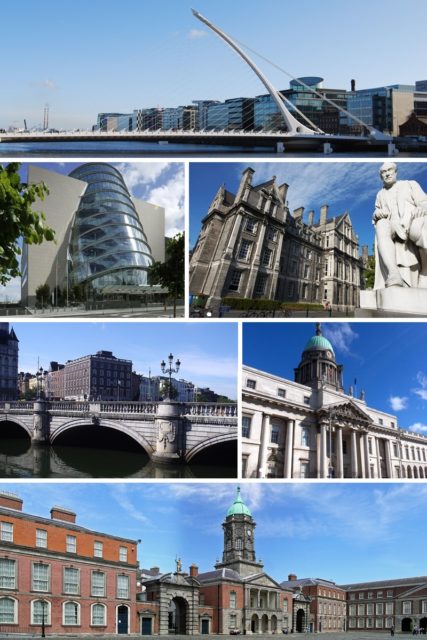
Dublin Source
The capital of the Emerald Isle is the way it is today because of the Vikings. They founded this area and recorded the first settlement on the south back of the River Liffey in 841 AD. How was it named Dublin? Well, they named it Dubh Linn, also known as Black Pool. It was at a lake where the ancient men had moored their boats. The Viking settlement had centered on the earthen fort called a longphort. This area was the hub of one of Europe’s biggest slave markets. The Vikings had actually kept a rather firm control of Dublin for almost three centuries until the Irish High King Brian Boru had defeated them in the Battle of Clontarf in 1014. Unlike the English, the Vikings didn’t leave as many Norse names. Other cities besides Dublin they founded were Wexford, Waterford, Cork, and Limerick.
-
Skis
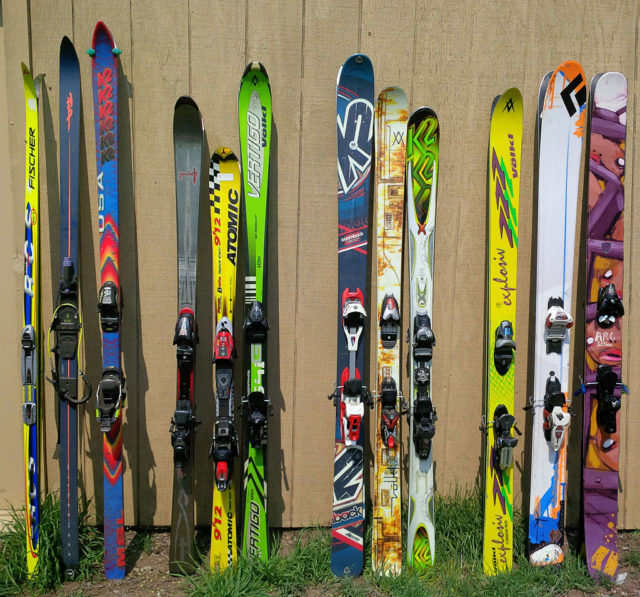
A collection of differing types of alpine skis, with nordic and telemark skis at far left. Source
The oldest skis known to man date between the years of 8,000 and 7,000 BC and were discovered in Russia. The first written reference to skiing came from China’s Han Dynasty during the 106 BC and 220 AD. Vikings, however, introduced skis to the Western tradition. The word “ski” even comes from the Old Norse word “skio”. The Ancient people had skied across the snowy areas for both recreation and transportation purposes. The Norse goddess Skaoi and god Ullr were believed to be depicted on skis or snowshoes.
-
Combs
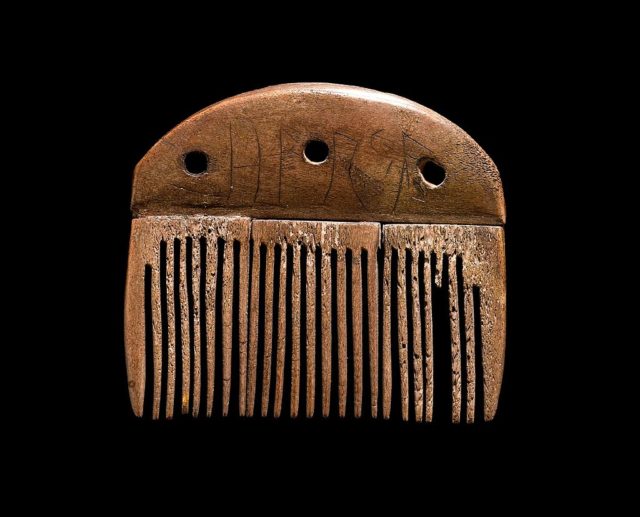
The world’s oldest runic inscription (160 AD) on the Vimose comb, Denmark.Source
Although it is believed that for the longest time Vikings were unkempt and violent, Vikings actually bathed more than any other European during those days. They tried to take baths at least once a week, most preferably in a hot spring. They had made bristled combs from antlers of deer or other animals they killed. Combs, in fact, are one of the most commonly found objects in Viking graves. These findings have given the Vikings the credit for inventing the comb. Other grooming tools found and credited to Vikings include tweezers, razors, and ear spoons (for cleaning wax out).
-
Sagas
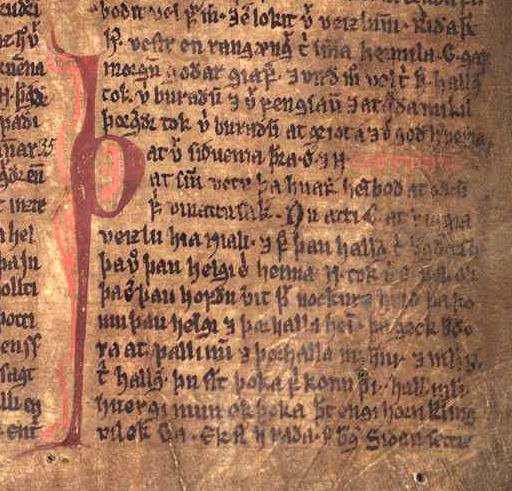
Excerpt from Njáls saga in the Möðruvallabók (AM 132 folio 13r) c. 1350.Source
Besides archaeological finds, historians rely on sagas as primary sources of information on Viking life. Although not all sagas can be trusted to be true, historians have a great time reading through the endlessly entertaining stories these people wrote. Also known as Icelandic sagas, they were written by unknown authors in the 12th, 13th, and 14th centuries. They chronicle the everyday life of the Vikings in the Viking Age around the year 1,000 AD. During this time, the people had abandoned the pagan gods and converted to Christianity. The Victorian-era scholars had accepted the sagas as good graphic depictions to be fairly true of the powerful rulers and ordinary people. However, the scholars today believe these sagas are unreliable, though valuable. Although some of the information is true, the stories are still filled with mythology and fantasy.
Source: http://www.history.com/news/history-lists/6-things-we-owe-to-the-vikings
